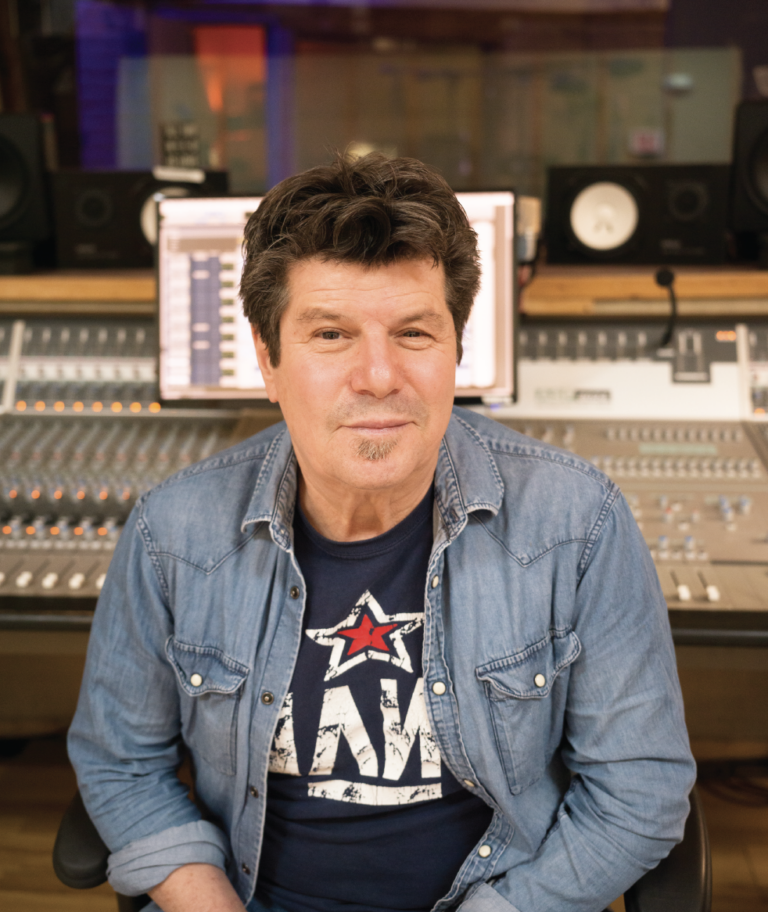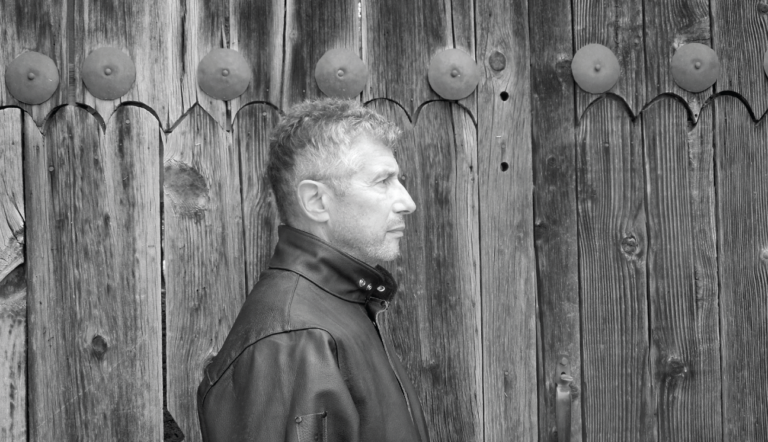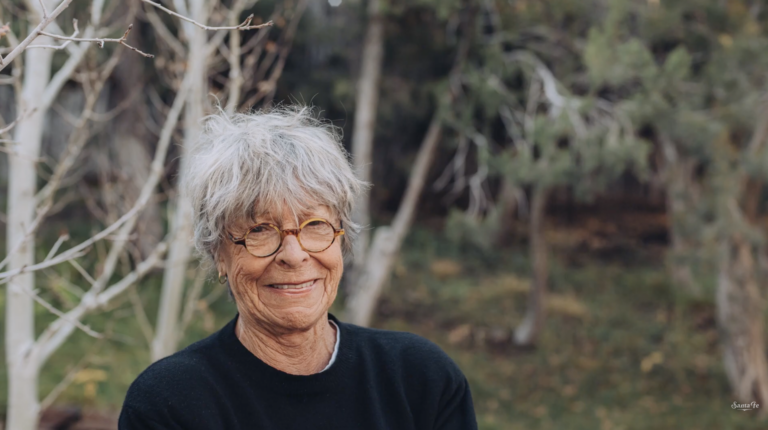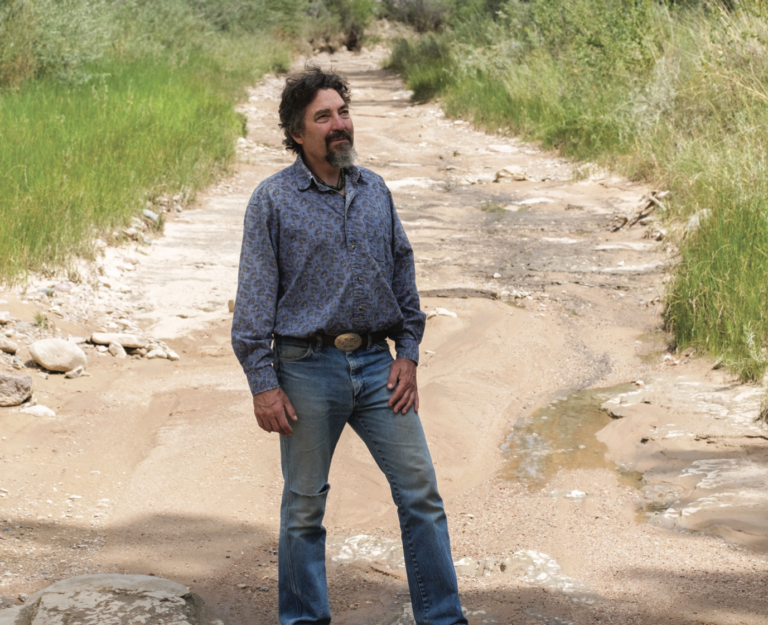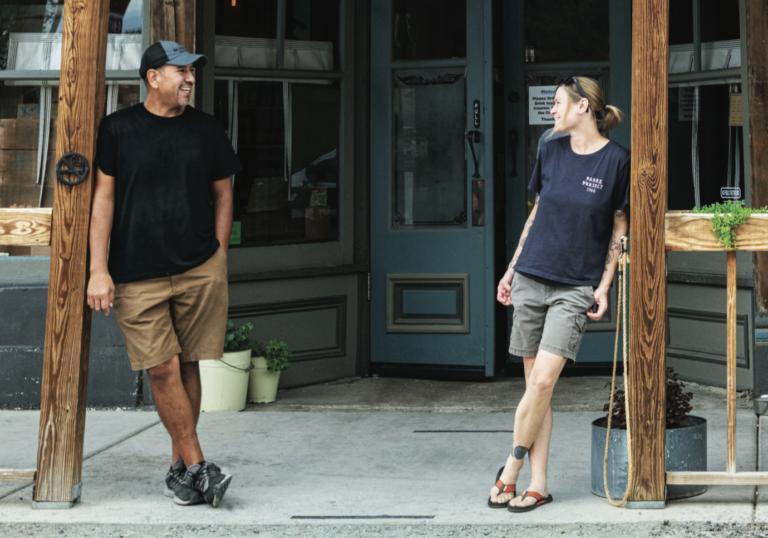REESE LOOKS LIKE an ex-college lacrosse player who has a lifetime subscription to Mother Earth News. He helps people save water – it’s what he does and who he is, and he’s nothing short of an evangelist on the subject.
You feel a tremendous sense of urgency when you spend time with him. It’s as if he has so much to get done, that he wants to do, needs to do, and should do – that you want to release him from your somnolent company.
We all can do this: save the water that runs off your roof. Put it in a canister.
We average 12-14 inches of rain per year and it’s going to be 9-10 in the not-so-distant future. Save the water that flows off your roof – it is more than a gesture and less than enough. But we can all do it. It is concrete and beats the shit out of existential gloom.
What interested you about rain catching?
To be honest, I found some cannabis. It opened up a whole world. Over the next 10 years, I started growing my dreads. I wanted to learn how to grow plants, I wanted to be a farmer. I started learning about farming and then went into permaculture. I got a certification in permaculture, and that’s where rain catching started.
Then I fell in love with fungi — the symbiotic relationship between fungus and plants. I realized the only reason that we have plants on Earth is because of the fungi in the soil for hundreds of millions of years. It gave them a system to get water.
What about permaculture?
There’s all kinds of permaculture — permaculture in the tropics, permaculture in the desert. But it’s basically integrating humans back into the ecology so that they utilize everything that nature gives us in order to create resilience. It’s a broad design system that allows us to integrate ourselves into nature, so that we can click the circle of life.
In concrete terms, what would the system endorse?
I want to take urban environments and turn them into places that regenerate the environment and increase wildlife. We have changed the environment so drastically in order to facilitate our lives. We’ve lost touch with the fact that we’re part of the bigger system.
Everything has to start with the water. Every single thing that you see in a city should be designed to facilitate capturing and harvesting water. If we can simply do that, everything follows.
What if we don’t?
We are decreasing our ability to take water, all over our city and our ecosystems. We’re going to continue to deplete all soil water, we’re going to continue to pollute all of the larger water systems. The more pollution in the Santa Fe River, the more ends up in the Rio Grande, and downstream for everybody else. Drier, cold climates are going to become more hostile, losing trees and wildlife. It’s sort of scary.
Your job is to help people preserve water. What are your techniques?
On a residential scale, we form the land so that every single drop of rain that lands on the property stays there. Then we’ll take the impermeable surfaces — the roofs, the garages, the sheds—that will capture that water, actively extort underground systems, and then use that water to irrigate. We can decrease our need for water coming from the city. That’s stage one.
Then we need to build the soil, because if rainwater hits compacted soil, it just evaporates.
When we build the soil, we can start to grow fungi. They are the secret. They break down deadwood with enzymes that insert oxygen free radicals into the deadwood. They bounce around inside that lignin cellulose matrix and decompose it.
Then, there’s trees. In rainstorms, the leaves drop water slowly and build the soil. The more organic matter your soil has, the more nutrients it has. The more nutrients, the easier it is for the roots to break up the subsoil. Then you can actually get water deeper into the soil, with all of the fungal networks and bacteria.
There’s a super cool process that trees do. A lot of people say, Oh, that tree is sucking up all the water from the environment. They are for a second. Whenever the sun comes out, they start to photosynthesize. They’re pulling water up. They’re using that water eventually to make sugars. But check this out: Those tree roots are going deeper into the soil matrix and at night all stomata close in a tree, stopping the water transport. And so what happens is it has pulled water in and it’s ready to go in the morning. And, at night, if the soil is drier than the water inside the roots, the water comes out of the roots. Trees are actually pulling water from places that ecosystem could never get. It’s called hydraulic redistribution. It’s totally beautiful.
WANT TO READ MORE? SUBSCRIBE TO SANTA FE MAGAZINE HERE!
Photo Mary Moon



